A guide to the Sinhalese & Tamil New Year
The equivalent of Christmas in the western world, the Sinhalese & Tamil New Year is the most important holiday in Sri Lanka. Discover its significance and how it’s celebrated across the island.
When is the Sri Lankan new year?
Listen for the “coo-hoo”
The Sinhalese & Tamil New Year is heralded by the return of the Koha, an Asian cuckoo with a distinctive call. Locals will listen for the ‘coo-hoo’ call in March which signals the arrival of spring and the proximity of the new year.
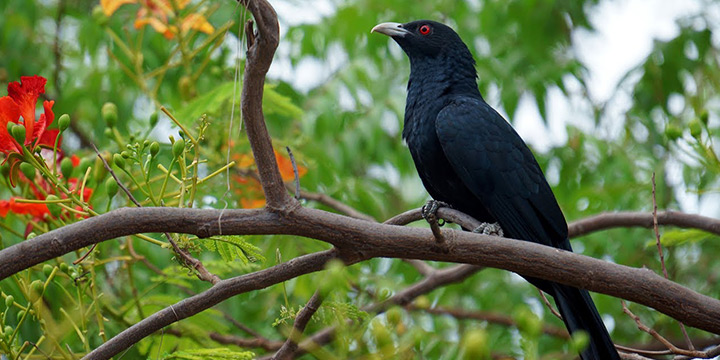
Changing constellations
Astrology is extremely important in Sri Lankan tradition. It is believed that the Sun and planets move through the twelve Zodiac signs throughout the year, and their position is marked for all important events such as the birth of children and marriages. The positions are said to have special meaning.
The new year is celebrated on the 13th and 14th (or 12th and 13th) of April each year to mark the Sun’s shift from Pisces into Aries – the shift from the last constellation to the first.
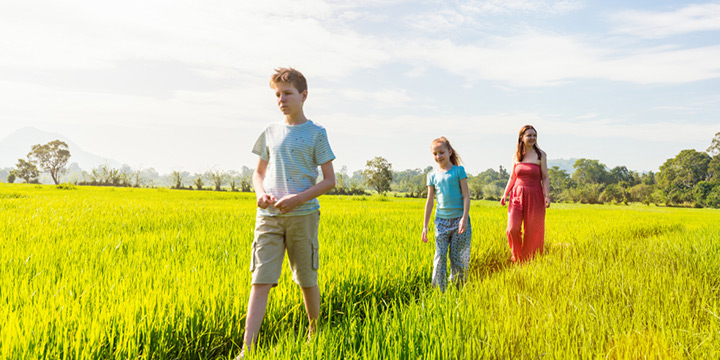
The Maha Harvest
April also happens to be the month when the Maha Harvest occurs. Prior to the May/June monsoon, rice is cultivated from the paddies and processed to provide sustenance until the autumn harvest.
How is the new year celebrated in Sri Lanka?
A family affair
The new year is a decidedly family affair in Sri Lanka. Relatives travel from all corners of the island to the house belonging to the head of the family for an extended stay. An entire week off work is often given my employers, or at the very least a long weekend.
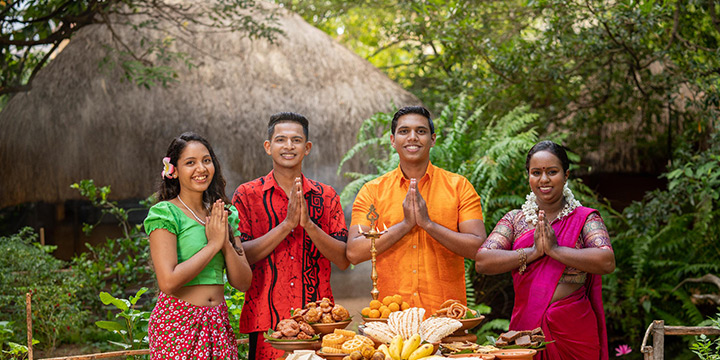
The last bath
The night before the new year, it’s traditional to have a last bath – with a twist! Before soaking, people apply a herbal mixture named ‘nanu’ to their head and body to cleanse body and soul.
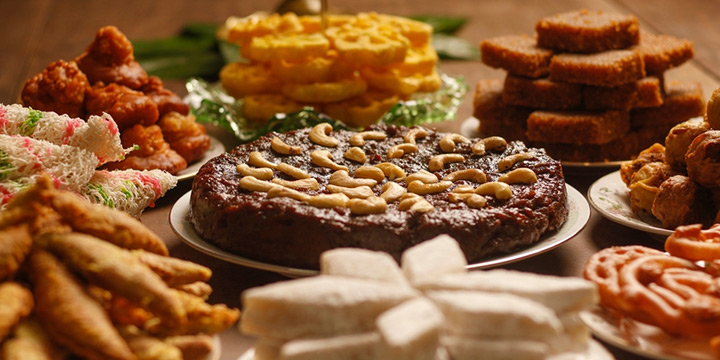
Traditional treats
Everyone’s favorite part of the new year celebrations is the traditional treats. These culinary delights are not served at any other time of year, and eating until you’re fit to burst is encouraged!
Squares of kiribath – rice baked in coconut milk – and bunches of bananas act as the foundation for the meal, alongside special sweet meats such as the star-shaped kokis, deep-fried konda kavum and colorful aasmi. We love thala guli best – soft rolls of sesame seeds bound together by sticky jaggery.
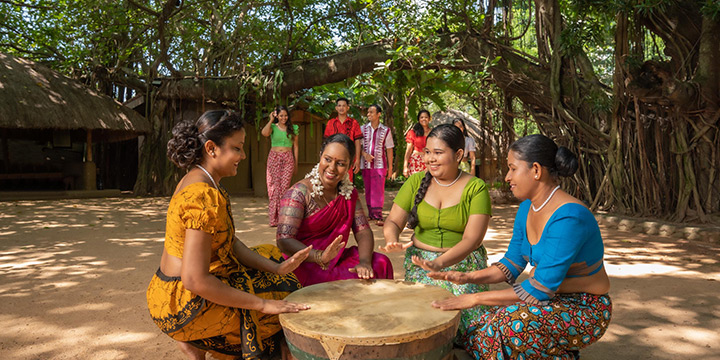
A long pause
In the west, the new year happens in a second – between 11:59pm on the 31st December and 12am on the 1st January. The Sun’s shift from Pisces to Aries isn’t so swift, however – this transition takes just under 13 hours, a time known as the Neutral Period.
This period is treated as a ‘long pause’ where people are encouraged to distance themselves from material possessions and engage in ceremonial games and religious rituals.
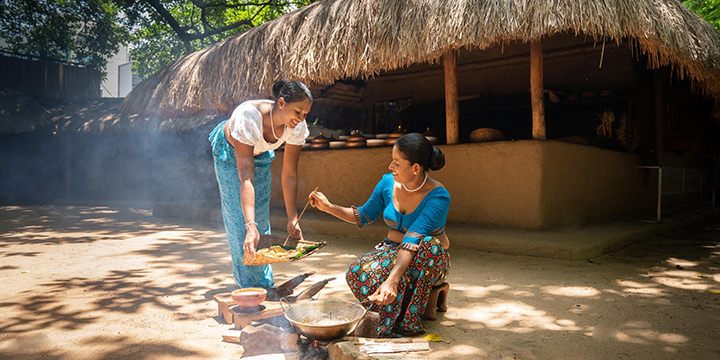
Auspicious times
All special situations in Sri Lanka are governed by auspicious times. These are calculated by a government department and religious leaders based on the planetary positions. The times are released and followed for all stages of the new year, from waking and cooking to dining and sleeping.
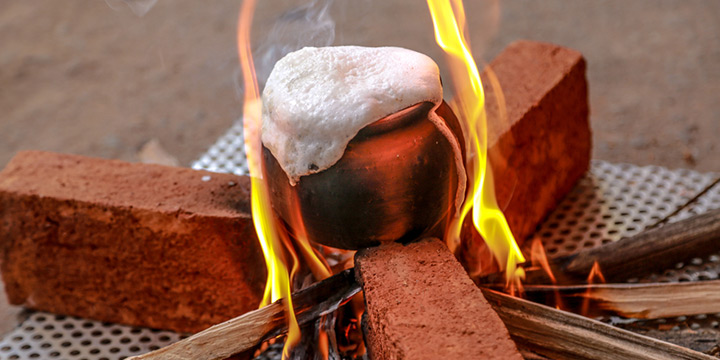
Don’t cry over spilled milk
The exact moment of the movement from the Sun into The First House is marked by a simple act that is surprisingly memorable.
Coconut milk is poured into an earthenware pot which is placed on an open fire. The milk is heated until boiling and allowed to flow over the sides of the pot onto the ground. So don’t cry over spilled milk at the Sinhalese & Tamil New Year – it’s a way to bless the whole family for the months ahead.

How to make this experience a part of your itinerary?
Our vision for our blog is to build an invaluable resource for independent inquisitive travelers wanting to travel to Sri Lanka in a way that goes beyond the conventional and takes people further and deeper both physically and emotionally. It’s about having a fuller, richer, more meaningful trip. We also want to be a practical resource. Every article is ‘actionable’, you are able to make it part of your itinerary in some way. For tips on how to make any of these tips part of your journey send us an enquiry
